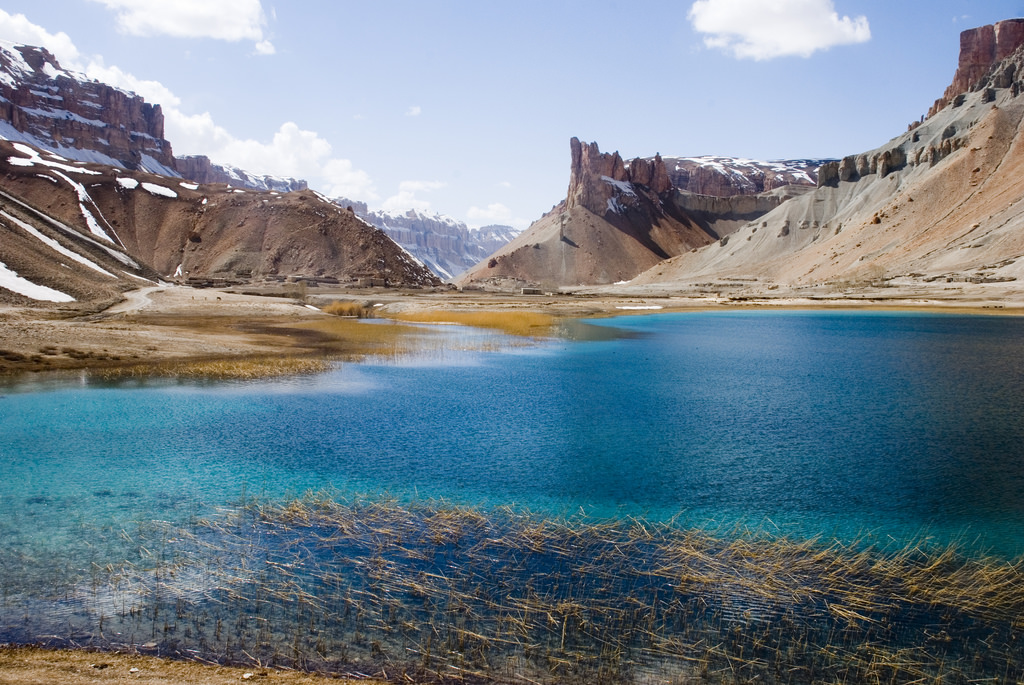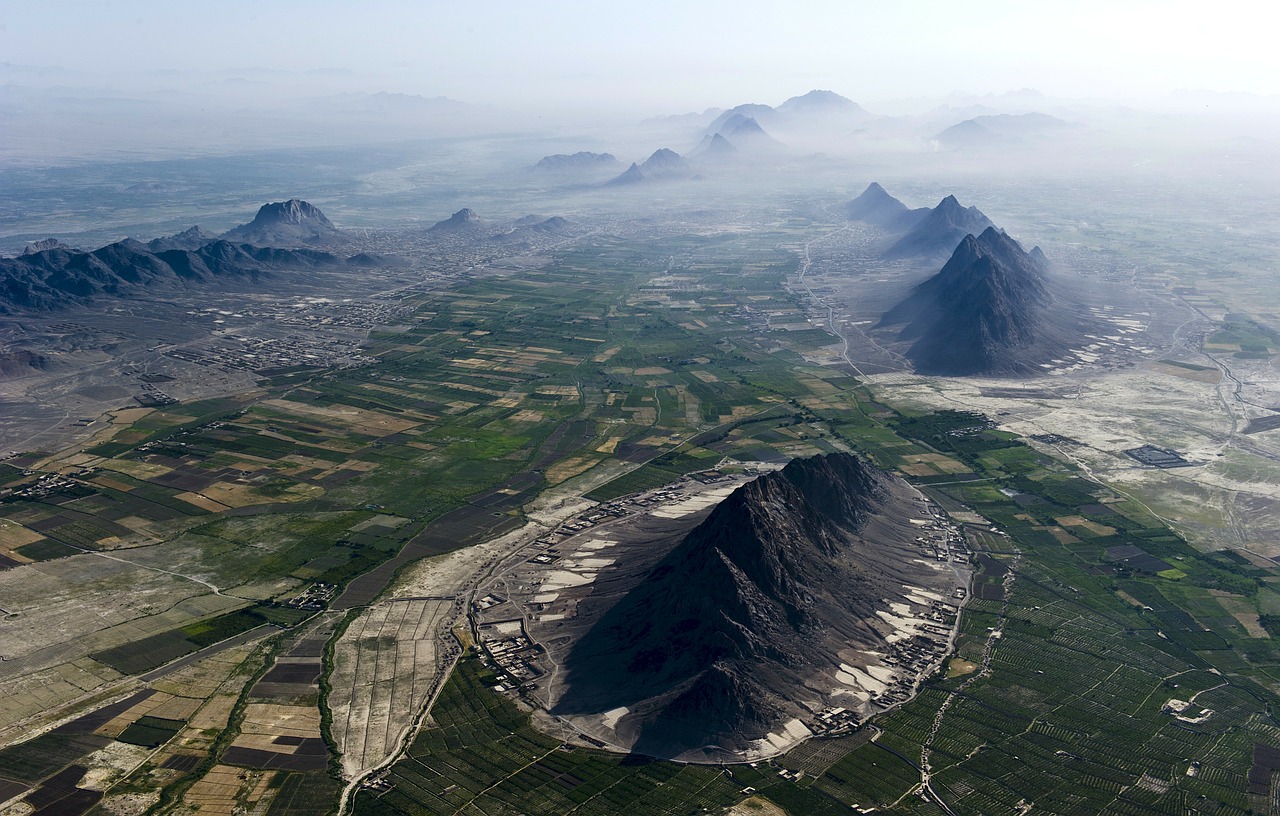Although natural conservation hasn’t been a top priority for Afghanistan over the last few decades, now that the country is enjoying greater stability and prosperity, that has begun to change. The Afghan government is becoming increasingly aware of the importance of safeguarding the country’s natural heritage. With the support of a variety of international NGOs, it has taken some significant steps in recent years to protect and preserve key natural areas.
A major victory came in 2009, when Afghanistan celebrated the creation of its first ever national park. The Band-e-Amir lakes in the central Afghan province of Bamiyan have long been recognized as an area of natural beauty. Now that they have been designated as a national park, it will be easier for the country to manage sustainable tourism more effectively, preserve and protect at-risk species, and work to reverse environmental damage already done in the area.
Visitors agree that Band-e-Amir is so breathtaking that it has to be seen to be believed, but you can still get a feel for the park with these five facts:
-
Band-e-Amir is one of the world’s most spectacular travertine systems.
Located in a desert area high up in the Hindu Kush mountain range, the six stunning, sapphire-blue lakes of Band-e-Amir were formed by mineral-rich water gradually seeping out of faults and cracks in the surrounding mountains. Over time, the water deposited layer upon layer of travertine, or hardened mineral, at different points on the lake bed. These layers eventually grew into the massive natural dams that now contain the lake water.
Interestingly, local lore gives an alternative explanation for how these mineral dams came into existence. Legend says that the dams that hold the lakes in place were thrown into their positions by the prophet Muhammad’s son-in-law, Hazrat Ali. The high mineral content of the water is also responsible for the incredible colors of the lakes, which can range from light turquoise to a deep, icy blue.

Band-e-Amir Lakes | Image by Johannes Zielcke | Flickr
-
The dams of Band-e-Amir’s lakes all have names.
All of the five dams that contain Band-e-Amir’s six lakes have names. There is the Groom’s Dam, the Mint Dam, the Dam of the Slaves, and the somewhat puzzlingly named Dam of Cheese. The most famous and most visited dam, however, is Band-i-Haibat, or the Dam of Awe. This dam is 1,500 feet wide and two miles long, and its waters are believed to have healing properties (that is, if you can withstand their icy temperatures!).
-
Band-e-Amir has long been a popular tourist destination.
These beautiful lakes have been a popular destination for travelers ever since the 1950s. The area experienced a peak in visitor numbers during the 1970s. Naturally, tourism was virtually non-existent during the conflicts of the 1980s and 90s. However, more and more people, domestic and foreign tourists alike, have been visiting Band-e-Amir in recent years. People are drawn to the region not only by the lakes, but also by nearby tourist magnets like the valley of Bamiyan.
The national park designation proved to be a significant boost for tourism. At present, the park can receive as many as 5,000 visitors a day in the high season. While there are some facilities currently in place for tourists, including restrooms and recreational paddle boats that can be rented for use on the lakes, the Afghan government hopes to establish more extensive amenities in the future, including guesthouses and shops.

Band-e-Amir | Image by Afghanistan Matters| Flickr
-
Band-e-Amir is home to plenty of wildlife.
Although habitat destruction and poaching have certainly taken their toll on the flora and fauna of Band-e-Amir, the park is still home to an impressive array of wildlife. More than 150 species of birds have been recorded – including the Afghan snow finch, which is thought to be the only bird found exclusively in Afghanistan – leading to the designation of Band-e-Amir as an Important Bird Area by BirdLife International.
Additionally, wild goats known as Ibex and wild sheep known as urials as well as wolves, foxes, and fish are all common sights within the park. But perhaps most remarkable is the fact that Band-e-Amir is home to more species of wildcat than the whole of sub-Saharan Africa, including some extremely rare examples. In 2015, a sensor-activated camera captured a photograph of a Persian leopard, which was long believed to be extinct in the region.
-
The Wildlife Conservation Society is supporting Afghanistan in managing the park.
The Wildlife Conservation Society (WCS) has played an important role in helping Afghanistan successfully implement and manage its first-ever national park. WCS staff members have provided support with tasks like delineating the boundaries of the park, conducting preliminary wildlife surveys, developing a park management plan, and hiring and training local rangers.
As for the rangers themselves, a big part of their responsibilities involves working with local communities and the provincial government to mitigate the impact of park residents on the fragile natural habitat. For example, 500 fuel-efficient stoves have been distributed to families living in and near the park area, which greatly reduces their need to chop down park trees for firewood.

